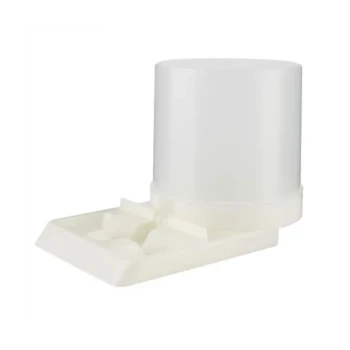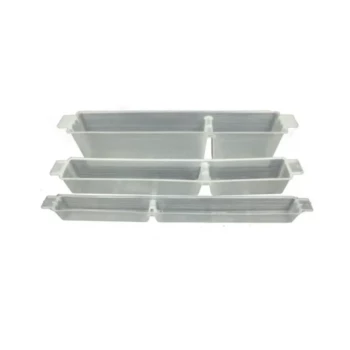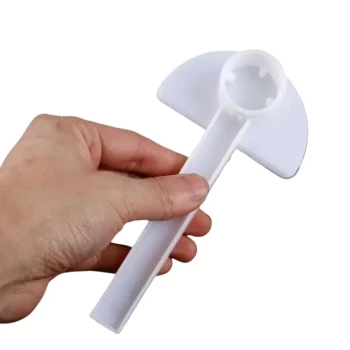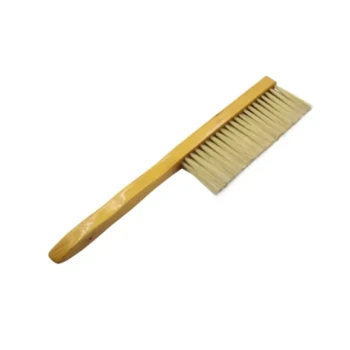The primary tools used in the closed feeding method for bees are hive-top feeders, entrance feeders, and in-hive feeders. Each is designed to deliver supplemental nutrition, like sugar syrup, directly to a specific colony while minimizing exposure to outside bees or pests. This method is crucial for supporting new colonies and ensuring established hives have enough resources during periods of low nectar flow.
Choosing the right closed feeding tool is not about finding a single "best" option. It's about understanding the trade-offs between a feeder's capacity, its potential to encourage robbing, and the level of disturbance required to use it.

Why Choose Closed Feeding?
Closed feeding is the practice of providing food inside the hive, in contrast to open feeding, which places food in a shared location for multiple hives. This targeted approach offers several distinct advantages for the health and security of a colony.
Prevents Robbing
By containing the food source within the hive, you avoid attracting bees from other colonies. This prevents "robbing," where stronger colonies raid weaker ones for their food stores, a situation that can quickly decimate a hive.
Protects Your Bees
Keeping the food source inside protects your bees from drowning in large, open containers of syrup. It also reduces their exposure to predators and adverse weather while they are feeding.
Allows for Precise Monitoring
Closed feeders allow you to see exactly how much food a particular colony is consuming. This is a critical indicator of hive health and can alert you to potential problems if a colony suddenly stops feeding.
A Breakdown of Common Closed Feeders
Each type of closed feeder fits a different management style and serves a unique purpose. Understanding their design is key to selecting the right one for your apiary.
Hive-Top Feeders
These feeders are placed directly on top of the uppermost hive box, just beneath the outer cover. They function like a large trough that holds a significant volume of syrup.
Because of their large capacity, hive-top feeders are excellent for providing substantial amounts of food with minimal refills. This reduces the frequency of hive disturbances.
Entrance Feeders
Also known as Boardman feeders, these small devices fit directly into the hive's entrance. They typically use an inverted jar (like a Mason jar) to dispense syrup slowly into a small tray.
Their main advantage is convenience. You can monitor the syrup level and refill the jar without opening the hive, making them ideal for quick, small-scale supplemental feeding.
In-Hive Feeders
These feeders are placed entirely inside the hive body, often replacing one or two of the frames. They are essentially thin, rectangular containers that hang just like a standard frame.
This design places the food source in close proximity to the bee cluster and offers the highest level of protection against robbing, as the syrup is deep within the hive.
Understanding the Trade-offs
No single feeder is perfect for every situation. Your choice involves balancing the needs of the bees with your own management practices.
Capacity vs. Convenience
Hive-top feeders hold the most syrup, but they can be heavy and cumbersome to refill. Entrance feeders are extremely convenient to refill but have a very small capacity, requiring frequent attention.
Robbing Risk
While all closed feeders are safer than open feeding, the entrance feeder is the most likely to incite robbing. Its proximity to the entrance can attract scout bees from other hives if any syrup is spilled.
Hive Disruption
Refilling an in-hive frame feeder requires you to fully open the hive, break the propolis seal, and disturb the colony. In contrast, refilling an entrance feeder causes almost zero disruption.
Making the Right Choice for Your Colony
Selecting a feeder should be a deliberate decision based on your colony's strength and your specific goals.
- If your primary focus is maximum capacity and minimal refills: A hive-top feeder provides the largest volume, making it ideal for overwintering preparations or supporting a large, rapidly growing colony.
- If your primary focus is quick monitoring and easy refilling: An entrance feeder is perfect for providing small amounts of supplement to a stable hive with minimal effort.
- If your primary focus is protecting a weak hive from robbing: An in-hive frame feeder offers the best security by keeping the food source deep inside and away from outsiders.
Ultimately, the right tool is one that supports your colony's health while fitting seamlessly into your beekeeping workflow.
Summary Table:
| Feeder Type | Best For | Key Advantage | Key Consideration |
|---|---|---|---|
| Hive-Top Feeder | Overwintering, large colonies | Large capacity, fewer refills | Heavy, more disruptive to refill |
| Entrance Feeder | Quick, small-scale feeding | Easy to monitor/refill without opening hive | Small capacity, higher robbing risk |
| In-Hive Feeder | Weak colonies, maximum security | Best protection against robbing | Requires full hive opening to refill |
Equip your apiary with the right tools for success. The health of your colonies depends on precise, secure feeding. HONESTBEE supplies commercial apiaries and distributors with the durable, high-capacity hive-top, entrance, and in-hive feeders mentioned in this guide. Let our wholesale-focused expertise help you build a more resilient and productive operation.
Contact HONESTBEE today to discuss your bulk feeder needs!
Visual Guide
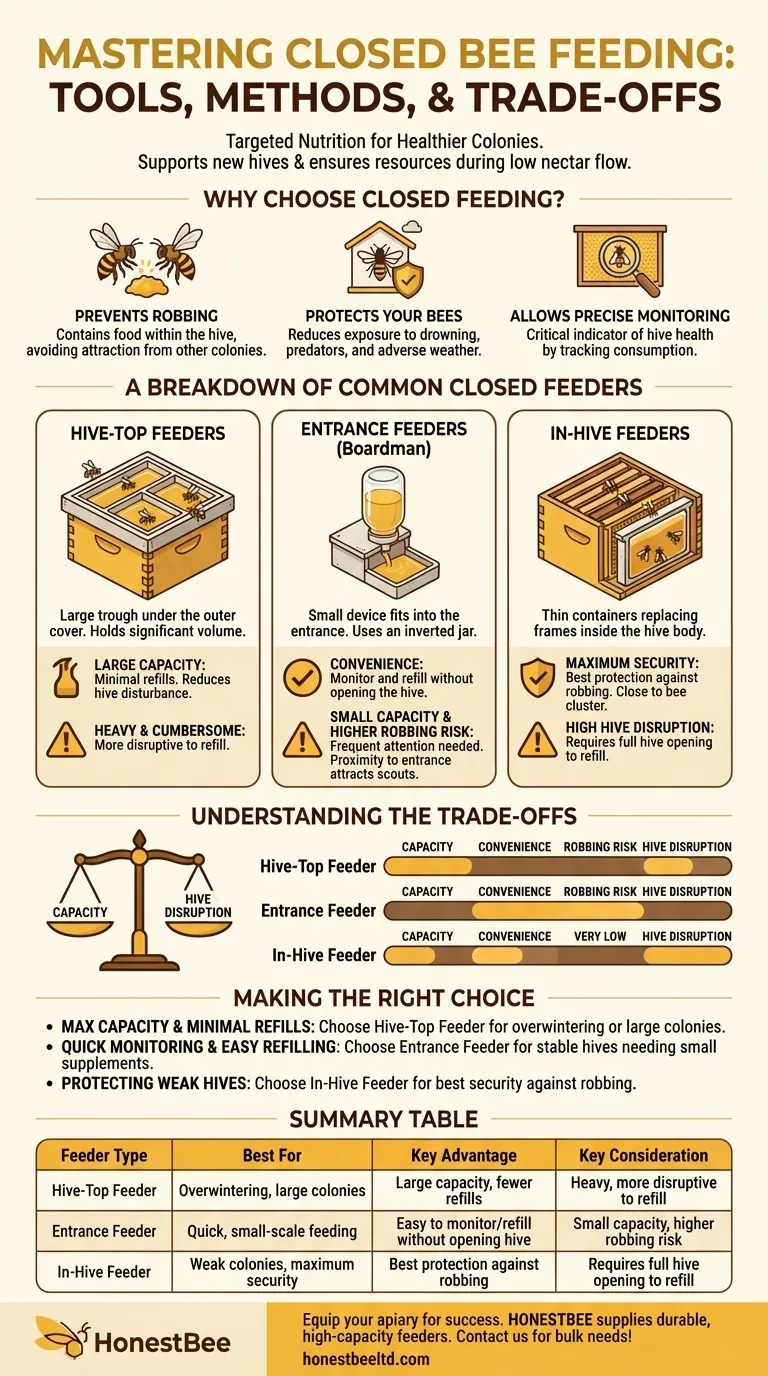
Related Products
- HONESTBEE Professional Hive Top Bee Feeder Feeding Solution
- Professional Hive Top Bee Feeder for Beekeeping
- Professional Hive Front Entrance Bee Feeder
- HONESTBEE Entrance Bee Feeder Professional Hive Nutrition Solution for Beekeeping
- In-Hive Dual Compartment Frame Bee Feeder for Targeted Colony Nutrition
People Also Ask
- What is the best way to top feed bees? A Safe, High-Volume Feeding Solution for Your Apiary
- What features make top feeders a reliable choice for beekeepers? A Guide to Safe, Efficient Hive Nutrition
- How is the plywood floor fitted into the hive-top feeder? Ensure Longevity with a Floating Floor Design
- Do I need an inner cover with a hive top feeder? Optimize Your Hive Setup for Healthy Bees
- What is a top feeder for bees? Maximize Colony Health with Efficient Feeding



